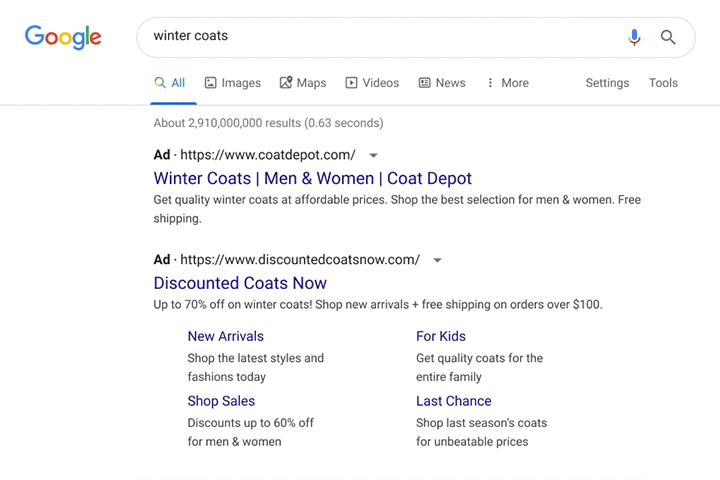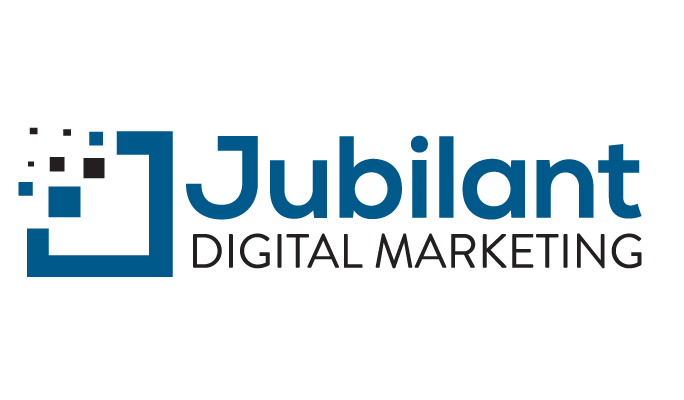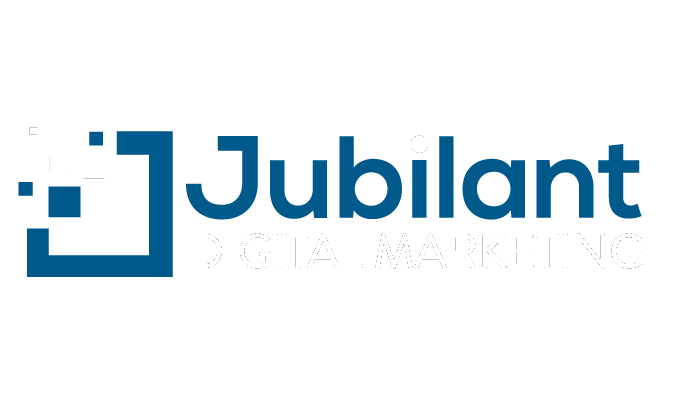Google Increases Transparency Through Advertiser Identity Verification
Google has recently been making headlines for its significant strides to increase transparency through its new advertiser identity verification policy.

On April 23, 2020, Google announced the requirement for all of its advertisers to verify their identities and countries of origin. This new policy correlates to Google’s 2018 policy update of requiring identification verification for political advertisements.
Last year, the company had a problem with an abundance of fake business listings on Google Maps despite Google My Business verification efforts through mailing postcards. This policy is also Google’s attempt to help contain scams and false information about the novel coronavirus pandemic and to improve users’ understanding of future ads they see.
This policy will begin by verifying advertisers in phases throughout the U.S. and continue to expand globally and will apply to Search, Display, and YouTube.
While Google slowly rolls-out this policy, it will be prioritizing advertisers that sell products and services, promote informational or educational content, charitable or social causes, or promote heavily regulated industries like gambling or health care.
Advertisers will receive an email from Google when it is time to verify their identity.
Verification Requirements for Advertisers
The verification program will include:
- Personal identification
- Business incorporation documents
- Possibly other items to verify who they are
- Country of origin
“This change will make it easier for people to understand who the advertiser is behind the ads they see from Google and help them make more informed decisions when using our advertising controls.” John Canfield, Google’s director of product management for ads integrity, said in a blog post. “It will also help support the health of the digital advertising ecosystem by detecting bad actors and limiting their attempts to misrepresent themselves.”
Once the documents are submitted, advertisers have to provide an “in-account identity check” to confirm they are legitimate. Organizations are required to submit personal legal information like a W9 or IRS document showing the organization’s name, address, and employer identification number.
An individual from the organization will also be required to provide legal identification on the organization’s behalf. Individuals are required to show a government-issued photo ID like a passport or ID card.
Agencies who run ads on behalf of a client will not be required to verify, however agencies and Google Partners will be able to submit verification on behalf of their clients.
What Changes Will The User Experience With Ads
Users will start to see disclosures on ads about the identity of the advertiser. This change will appear below the “Why this Ad?” option.
The information will include Advertiser name, country location, and a toggle option to stop receiving ads from them.

This change will increase trust in ads by providing users with more information on who is advertising to them and is part of Google’s ongoing efforts to increase transparency, choice, and control for users.
The disclosures will show the trademarked/legal name of the advertiser, and not the entity who is necessarily managing the ads.
If you need support with your Google Ads account, feel free to contact us at 913-428-9508. We would be happy to support you and your business navigate through the verification process to help ensure your account doesn’t get suspended, and you can keep running your ads.






